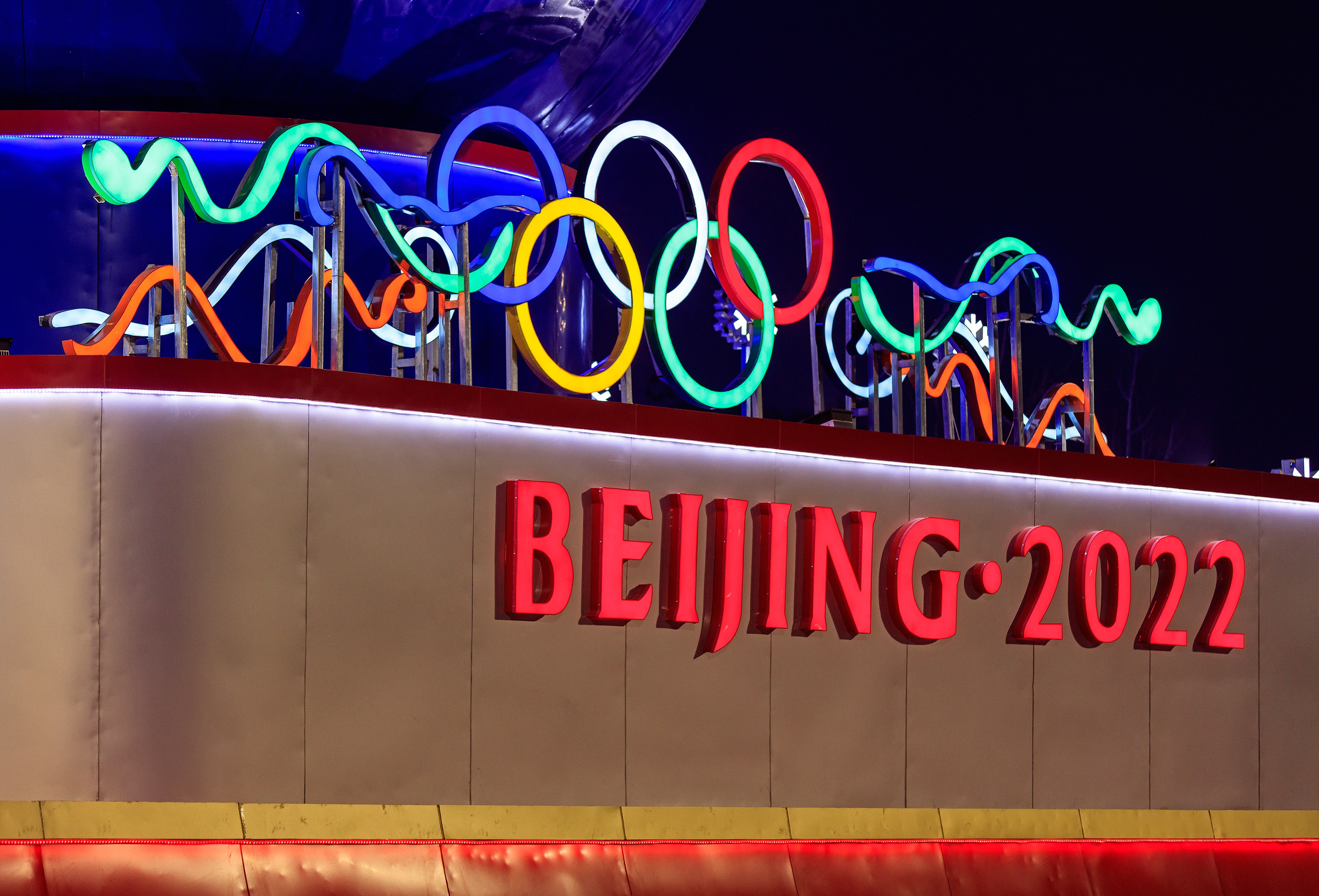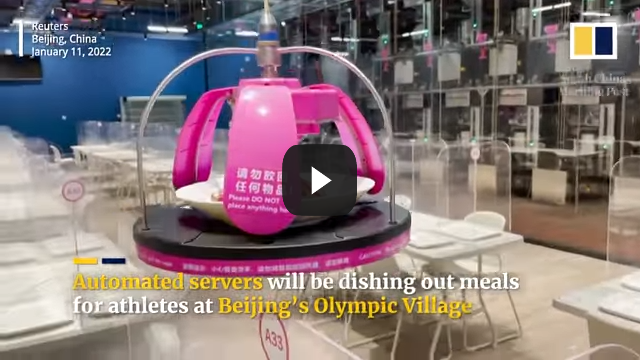The 2022 Winter Olympics Goes Green

When it comes to high-tech and green technology, Beijing is bringing it on for the 2022 Winter Olympics.
2022 marks a big year for the People’s Republic of China, which will be hosting the Winter Olympics on February 4-20. This isn’t the first time they will be hosting the Games, but the whole world waits in anticipation for the many exciting technological innovations that will be introduced in this year’s events. Here are three of the coolest and most significant advancements to look forward to when the Games open next month.
(Read also: Tech In Tokyo Olympics)
Green Technology, Zero Carbon
The 2022 Beijing Winter Olympics promises to be “the first zero-carbon” Olympic Games.
Reportedly for the first time in Olympic history, all the competition venues, as well as transportation will be powered by renewable energy. According to state media, this is projected to cut down Carbon Dioxide emissions by 320,000 tons and cut the consumption of coal by 128,000 tons.
Over 85% of the transportation will be clean energy vehicles, setting another milestone for this year’s Winter Olympics.
In an interview conducted with Liu Xinping, Director for the Sustainability Division of the Beijing Organizing Committee General Planning Department, she said that there were many new measures and initiatives included in China’s bid to hold the Winter Olympics.
The country has innovated a working mechanism and established a new standard in preparing for the Olympics. “We insisted on low carbon. Our priority was to protect the mountains and waters in the environment, which was underlined in our general policy. This was integrated into the planning, design, and construction of the winter sports venues.”
One of these venues is the famous Water Cube or the Beijing National Aquatics Center. Originally built to host the 2008 Summer Olympics and Paralympics, part of the structure will be converted into what locals are now calling the “Ice Cube”, to host the 2022 Winter Olympic Games on ice.
The only newly-constructed venue for the Games is the National Speed-Skating Oval, nicknamed the Ice Ribbon was also fully designed not only with green technology but with epidemic prevention in mind.
The technology for producing ice for these venues intends to lessen harm to the ozone layer, as well as lower the energy consumption of refrigeration systems. Replacing Freon as a refrigerant, the more efficient Carbon Dioxide will be used at four venues for ice sports games. This will ensure reduced energy use as well as decrease carbon emissions.
Liu Xinping said in the same interview that the Beijing standard will provide a model for future work of the international Olympic committee.
The 5G Express
The 2022 Winter Olympics has three main competition zones: Beijing, Yanqing, and Zhangjiakou. Shuttling athletes and members of the press from one zone to the next is possibly one of the coolest trains to ever be designed: The 5G Express.
A high-speed train built with all the modern fixings such as super-fast (and super reliable) internet, as well as the comforts of a luxury train, the 5G Express is the first of its kind with its own specially constructed broadcast studio. The studio is ready to record and broadcast via Ultra-HD live streaming.
The train boasts of having a very stable internet connection even as it runs at 250 km/h. Members of the press won’t have to worry about dropping any cellular or data signals as they cover the events from the 5G Express live.
Robots and AI, Oh My!
To ensure the safety of everyone participating in the 2022 Winter Olympics, China has secured very strict COVID-19 measures by creating a “closed-loop”. This means that participating athletes, members of the media, and Olympics staff are the only persons allowed inside this bubble.
Prior to the pandemic, an event like the Winter Olympics would require hundreds of people on its staff in order to make things run smoothly. China has found ways around this to ensure everyone stays safe and healthy, and that’s through the use of robots and AI.
There are robots, robots, and more robots everywhere in the Olympic Village, each one carrying out specific and specialized tasks. There are server robots that prepare and bring food to the athletes, medical robots to monitor athletes’ health, robots in charge of disinfecting whole areas, and logistics robots that do the heavy lifting of equipment. There’s even a robot barista that will whip up a mean cup of joe!
Some of the hardest working robots at the 2022 Winter Olympics are the large mobile air purifiers installed in every venue of the Games. These robots, tasked to eliminate bacteria from the air, are an added and most welcome safety feature.
A Preview of Possibilities
Awe-inspiring as all these innovations may be, these technologies also offer a blueprint of what could be possible and can be achieved in terms of the wider and broader applications in the real world. Everyone in any community from every part of the globe would very much benefit from these long after the 2022 Winter Olympics has closed.
As one of the Top 21 EMS companies in the world, IMI has over 40 years of experience in providing electronics manufacturing and technology solutions.
We are ready to support your business on a global scale.
Our proven technical expertise, worldwide reach, and vast experience in high-growth and emerging markets make us the ideal global manufacturing solutions partner.
Let's work together to build our future today.
Other Blog




